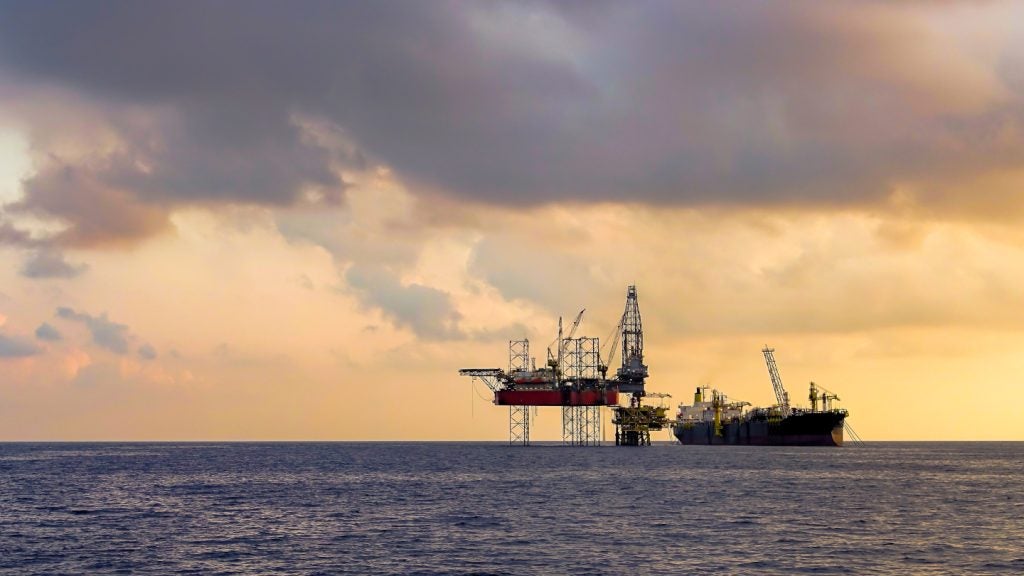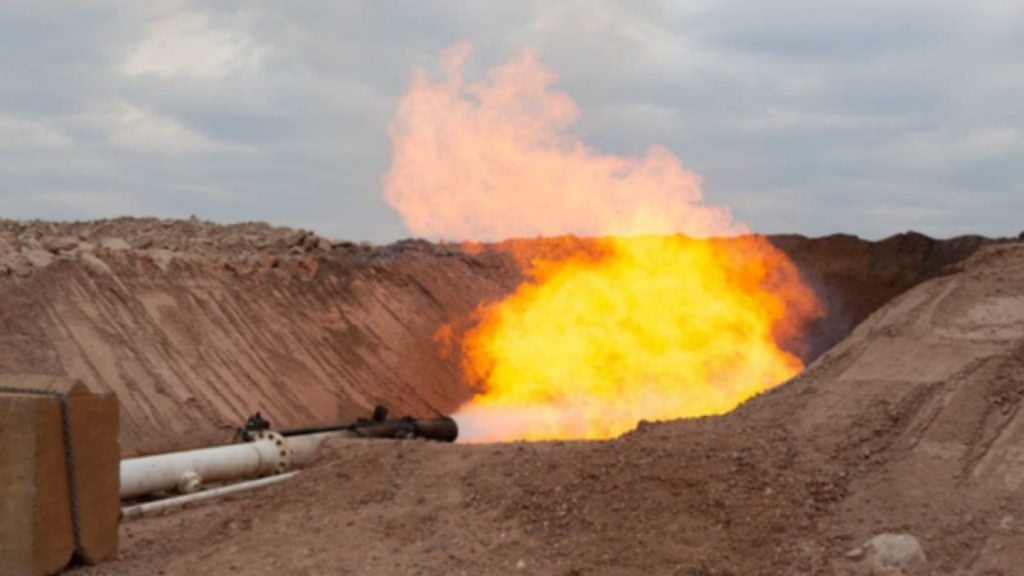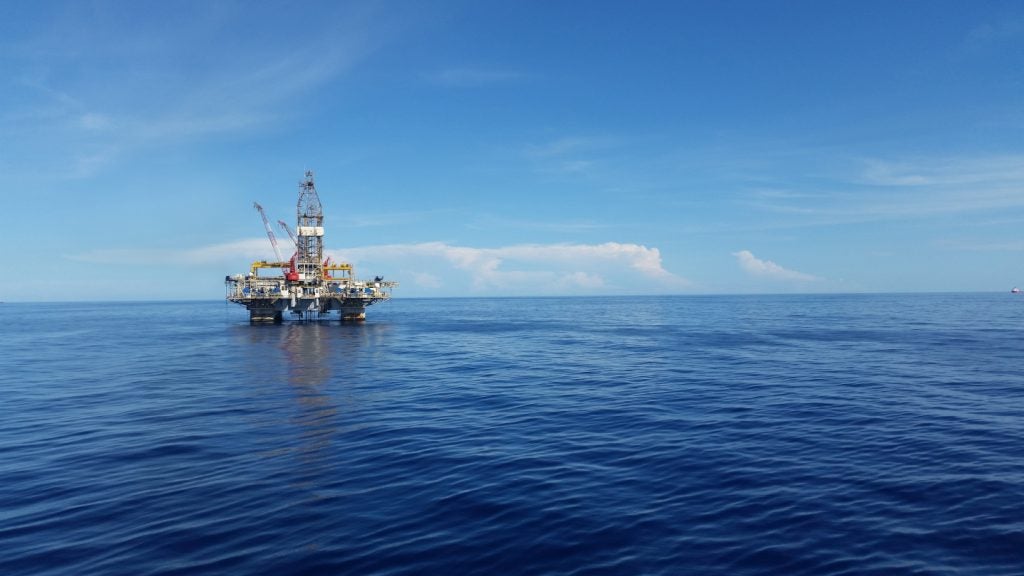The Canyon Express Project involves the development of three gas fields in the deep Mississippi Canyon, approximately 120 miles south-east of New Orleans.
Gas fields
Aconcagua is located in the Mississippi Canyon, block 305. It is operated by TotalFinaElf, which has a 50% interest, while partners Mariner Energy and Pioneer Natural Resources each hold 25% interest.
The field lies in a water depth of 2165m and has been developed with four wells.
King’s Peak is located across Desoto Canyon 177 and 133, and Mississippi Canyon 173 and 217.
It is owned and operated by BP, lying in water 1,890m-deep and comprising four wells.
Camden Hills is located in Mississippi Canyon 348. It is operated by Marathon, which holds a 50.03% share.
Partners are Total Exploration with 16.67% and Pioneer Natural Resources with 33.3%.
It lies at a depth of 2,195m and features two wells.
Equity
Elf Exploration operates the Canyon Express system.
It is jointly owned by the Aconcagua owners (45%), BP (35%) and the Camden Hills owners (20%).
Pipelines
The Canyon Express Pipeline System has to produce the three fields, under different operating regimes and varying production rates from multiple zone completions, without any field taking on the performance risk of another field.
Accurate flow allocation is therefore essential. This has resulted in the use of subsea multi-phase flow meters on each of the subsea wells.
Gas from the three fields is transported along a gathering system consisting of dual 12-inch pipelines. These have capacity of up to 500 million cubic feet per day.
Shallow-water platform
The gathering line transports the gas to a new platform called Canyon Station, located in the main pass area, 55 miles north of Camden Hills on Block MP 261 in 299ft of water.
It is owned and operated by a unit of Tulsa-based Williams.
Williams selected Paragon Engineering to assist in the development of the shallow-water platform.
A key technology is the recovery and reuse of methanol as a hydrate inhibitor. At the 7,200ft water depth, temperatures below 400°F can cause hydrates to form at the wellhead.
The facilities include the storage, regeneration and distribution of 1,900 barrels per day (bpd) of methanol.
If the methanol were not recovered, it would cost US$60,000 every day to produce 500MMcfd from the deepwater subsea well.
The methanol recovery process has a design capacity of 3,000bpd of inlet fluids, 1,900bpd of methanol and 1,100bpd of water.
The Canyon Express is one of the deepest pipelines in the Gulf of Mexico. Saibos won the US$30m pipelay contract.
Multiple well manifolds and infield flowlines have been eliminated through the use of inline well tie-in sleds installed as part of the flowlines.
These inline tie-in sleds have been designed to accommodate individual subsea wells.
As a result, flowline routing is dictated to a large degree by the location of the subsea wells.
Wells are connected to the flowline tie-in sleds using conventional inverted U-shaped jumpers.
The Saibos contract included the fabrication and the installation of eleven in-line sleds and their connections to the subsea wells via 6in rigid jumpers.
Electro-hydraulic steel tube umbilicals
Kvaerner was subcontracted from Saipem to manufacture and supply production control and electrohydraulic steel tube umbilicals.
The US$28m order saw the deepest steel tube umbilical ever installed, containing steel tubes, electrical cables and fibre optics.
The work embraces the production of more than 62 miles of steel-tube umbilicals, including 45 miles to be supplied in one continuous length.
Product export
The processing platform connects with three pipelines that move gas to the shore.
Platform construction began in mid-2001 and was completed by October 2002.
Gas production
Peak gas production from the three fields is approximately 500MMcfd.











